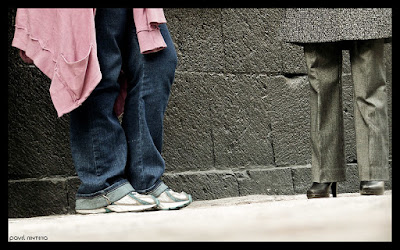Social, economic and environmental factors in oral health
The link between economic, social, and environmental factors and oral health.
A recent study in California, USA, confirms a close link between economic, social, and environmental factors and oral health. Despite the peculiarities of health care in North America, the study's results invite reflection and analysis.
The research, conducted by the UCLA Center for Health Policy Research, highlights significant differences in oral health depending on income, education, employment, or immigration status, revealing the crucial influence of social determinants and illustrating that poor oral health is not simply the result of lack of access to dental care.
One in four adults in California report having poor oral health, but that figure rises to about one in two for the state's lowest-income residents and stands at a ratio of one in five for those with the highest incomes.
"Few studies have examined the role of social determinants of oral health," said Nadereh Pourat, lead author of the study and associate director of the center. "Our study found striking disparities in oral health status when we examined a wide range of socioeconomic and environmental factors, with income being the most influential indicators."
Using data from the 2017 and 2018 California Health Interview Survey, the authors found that poor oral health was more common among adults without dental insurance (32%) or Medi-Cal (42%) compared with those with private insurance (16%). There was also a higher proportion of cases of poor oral health among those residents without a college education (36% versus 15% with college education), immigrants (37% versus 22% U.S.-born), those with limited English proficiency (29% versus 22% English proficient residents), those who were food insecure versus those who were not (36% versus 24%), and those who lived in neighborhoods that were considered unsafe versus those who lived in safe areas (39% versus 26%).
Other findings indicate that poor oral health is more common among older people, men, and people from communities of color, with Native Hawaiian/Pacific Islanders, Latinos, American Indians, and Alaska Natives reporting significantly higher rates of poor oral health than whites.

